-
 Bitcoin
Bitcoin $113900
-1.39% -
 Ethereum
Ethereum $3517
-4.15% -
 XRP
XRP $3.009
1.59% -
 Tether USDt
Tether USDt $0.9997
-0.04% -
 BNB
BNB $766.8
-1.41% -
 Solana
Solana $164.6
-2.38% -
 USDC
USDC $0.9998
-0.02% -
 TRON
TRON $0.3277
0.65% -
 Dogecoin
Dogecoin $0.2023
-1.67% -
 Cardano
Cardano $0.7246
0.05% -
 Hyperliquid
Hyperliquid $38.27
-4.77% -
 Sui
Sui $3.528
-0.52% -
 Stellar
Stellar $0.3890
-0.73% -
 Chainlink
Chainlink $16.16
-2.69% -
 Bitcoin Cash
Bitcoin Cash $539.9
-4.38% -
 Hedera
Hedera $0.2425
-2.00% -
 Avalanche
Avalanche $21.71
-0.97% -
 Toncoin
Toncoin $3.662
5.73% -
 Ethena USDe
Ethena USDe $1.000
-0.02% -
 UNUS SED LEO
UNUS SED LEO $8.964
0.35% -
 Litecoin
Litecoin $107.7
2.33% -
 Shiba Inu
Shiba Inu $0.00001223
-0.40% -
 Polkadot
Polkadot $3.617
-0.97% -
 Uniswap
Uniswap $9.052
-2.49% -
 Monero
Monero $295.1
-3.79% -
 Dai
Dai $0.9999
0.00% -
 Bitget Token
Bitget Token $4.315
-1.85% -
 Pepe
Pepe $0.00001060
0.11% -
 Cronos
Cronos $0.1342
-2.72% -
 Aave
Aave $256.0
-0.87%
What factors affect the bid-ask spread of a Bitcoin ETF?
The bid-ask spread of a Bitcoin ETF is influenced by market liquidity, volatility, market maker activity, order size, regulatory environment, trading hours, underlying asset price, and market sentiment.
Apr 08, 2025 at 08:50 pm
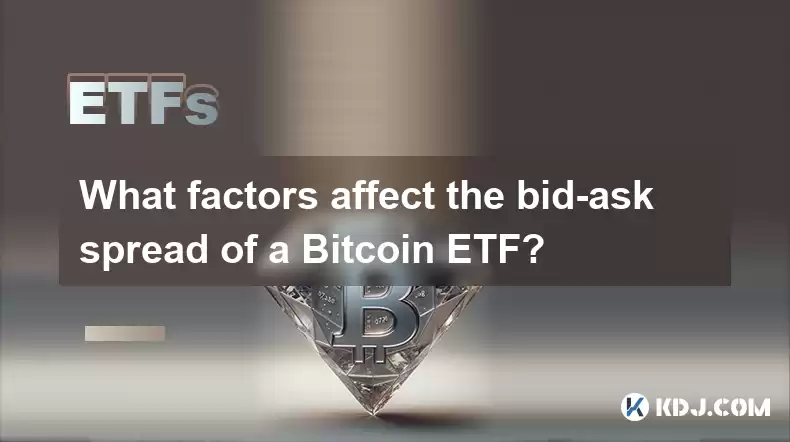
The bid-ask spread of a Bitcoin Exchange Traded Fund (ETF) is a critical metric that investors and traders closely monitor. It represents the difference between the highest price a buyer is willing to pay (bid) and the lowest price a seller is willing to accept (ask). Several factors influence this spread, and understanding them can help investors make more informed decisions. In this article, we will explore the key factors that affect the bid-ask spread of a Bitcoin ETF.
Market Liquidity
Market liquidity is one of the primary factors affecting the bid-ask spread of a Bitcoin ETF. Liquidity refers to the ease with which an asset can be bought or sold in the market without significantly affecting its price. A highly liquid market typically has a narrow bid-ask spread, while a less liquid market has a wider spread.
In the context of a Bitcoin ETF, liquidity is influenced by the trading volume of the ETF itself and the underlying Bitcoin market. If the ETF experiences high trading volumes, it indicates a robust market with many participants, which generally leads to a tighter spread. Conversely, low trading volumes can result in a wider spread due to fewer market participants.
Volatility
Volatility in the Bitcoin market can significantly impact the bid-ask spread of a Bitcoin ETF. Volatility refers to the degree of variation in trading prices over time. High volatility often leads to wider bid-ask spreads because market makers and liquidity providers need to account for the increased risk of price fluctuations.
When Bitcoin prices are highly volatile, market makers may widen the spread to protect themselves from potential losses due to rapid price changes. This is because they need to ensure they can still make a profit even if the price moves against them between the time they buy and sell the ETF shares.
Market Maker Activity
Market maker activity plays a crucial role in determining the bid-ask spread of a Bitcoin ETF. Market makers are entities that provide liquidity to the market by continuously quoting both a buy and a sell price for an asset. Their presence helps to narrow the spread by ensuring there are always buyers and sellers available.
The number of market makers and their competitiveness can influence the spread. If there are many market makers competing to provide the best prices, the spread will likely be narrower. However, if there are fewer market makers or if they are less competitive, the spread may widen.
Order Size
Order size is another factor that can affect the bid-ask spread of a Bitcoin ETF. Larger orders can have a more significant impact on the market, potentially leading to wider spreads. When a large order is placed, it may not be possible to fill it entirely at the current bid or ask price, causing the price to move and the spread to widen.
For example, if an investor wants to buy a large number of shares of a Bitcoin ETF, the market may need to adjust the ask price higher to attract more sellers, resulting in a wider spread. Conversely, smaller orders are less likely to move the market significantly, leading to narrower spreads.
Regulatory Environment
The regulatory environment surrounding Bitcoin and ETFs can also influence the bid-ask spread. Regulations can affect the overall market sentiment and the willingness of market participants to engage in trading activities.
For instance, if there are stringent regulations that make it difficult for market makers to operate, the spread may widen due to reduced liquidity. On the other hand, a favorable regulatory environment that encourages market participation can lead to narrower spreads.
Trading Hours and Time of Day
Trading hours and the time of day can impact the bid-ask spread of a Bitcoin ETF. Trading volumes and liquidity can vary significantly throughout the day, affecting the spread.
During peak trading hours, when more investors are active, the spread tends to be narrower due to higher liquidity. Conversely, during off-peak hours, such as early morning or late evening, the spread may widen as fewer market participants are trading.
Underlying Asset Price
The price of the underlying asset, in this case, Bitcoin, can also influence the bid-ask spread of a Bitcoin ETF. When Bitcoin prices are high, the spread may widen due to increased volatility and risk. Conversely, when Bitcoin prices are low, the spread may narrow as the market becomes less volatile.
Additionally, significant price movements in Bitcoin can lead to wider spreads as market makers adjust their quotes to account for the increased risk of holding the asset.
Market Sentiment
Market sentiment plays a role in determining the bid-ask spread of a Bitcoin ETF. Positive sentiment can lead to increased trading activity and narrower spreads, while negative sentiment can result in reduced trading and wider spreads.
For example, if there is positive news about Bitcoin or the ETF, more investors may be willing to buy, leading to higher liquidity and a narrower spread. Conversely, negative news can cause investors to sell, reducing liquidity and widening the spread.
Frequently Asked Questions
Q: How can investors minimize the impact of a wide bid-ask spread when trading a Bitcoin ETF?
A: Investors can minimize the impact of a wide bid-ask spread by trading during peak hours when liquidity is higher, using limit orders to control the price at which they buy or sell, and diversifying their investments to reduce the impact of any single trade.
Q: Can the bid-ask spread of a Bitcoin ETF be used as an indicator of market health?
A: Yes, the bid-ask spread can be used as an indicator of market health. A narrow spread typically indicates a healthy, liquid market, while a wide spread may suggest lower liquidity and higher risk.
Q: How do different types of Bitcoin ETFs affect the bid-ask spread?
A: Different types of Bitcoin ETFs, such as physically-backed or futures-based ETFs, can have varying impacts on the bid-ask spread. Physically-backed ETFs may have narrower spreads due to direct exposure to Bitcoin, while futures-based ETFs may have wider spreads due to the additional complexity and risk involved in futures contracts.
Q: What role do institutional investors play in the bid-ask spread of a Bitcoin ETF?
A: Institutional investors can significantly influence the bid-ask spread of a Bitcoin ETF. Their large trades can impact liquidity and volatility, potentially leading to wider spreads. However, their participation can also increase overall market liquidity, which may help narrow the spread over time.
Disclaimer:info@kdj.com
The information provided is not trading advice. kdj.com does not assume any responsibility for any investments made based on the information provided in this article. Cryptocurrencies are highly volatile and it is highly recommended that you invest with caution after thorough research!
If you believe that the content used on this website infringes your copyright, please contact us immediately (info@kdj.com) and we will delete it promptly.
- Crypto Donations, Trump PAC, and Bitcoin: A New York Minute on Political Coin
- 2025-08-02 20:30:12
- Crypto Market Under Pressure: Bearish Momentum and Rising Volatility Take Hold
- 2025-08-02 20:30:12
- DeFi Token Summer Gains: Is Mutuum Finance the Real Deal?
- 2025-08-02 18:30:12
- Bitcoin, Realized Price, and the Top: Are We There Yet?
- 2025-08-02 18:30:12
- Dogwifhat (WIF) Rally: Will the Meme Coin Bite Back?
- 2025-08-02 19:10:12
- PayFi Heats Up: Tron's AMA Recap & TRX's Bullish Nasdaq Debut
- 2025-08-02 19:10:12
Related knowledge
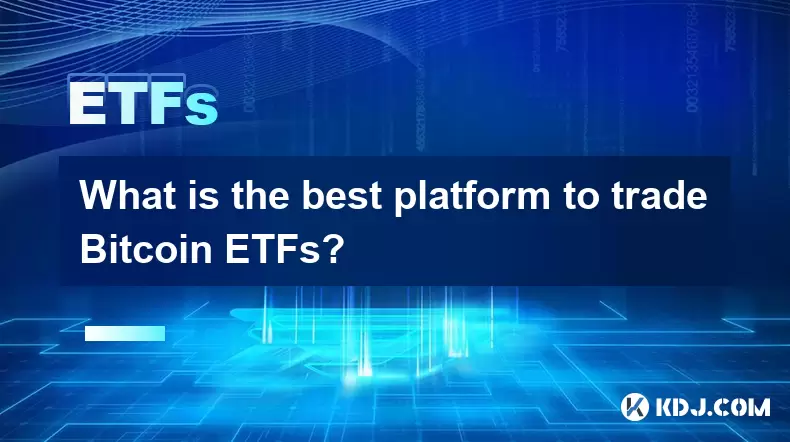
What is the best platform to trade Bitcoin ETFs?
Jul 23,2025 at 04:14am
Understanding Bitcoin ETFs and Their Role in TradingBitcoin Exchange-Traded Funds (ETFs) have gained significant traction among traditional and crypto...

What is the best platform to trade Bitcoin ETFs?
Jul 17,2025 at 03:50pm
Understanding Bitcoin ETFs and Their Role in the MarketBitcoin Exchange-Traded Funds (ETFs) are investment vehicles that track the price of Bitcoin wi...
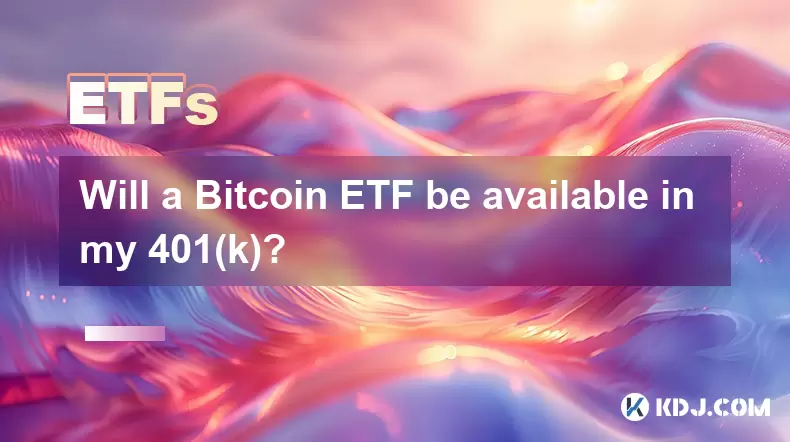
Will a Bitcoin ETF be available in my 401(k)?
Jul 17,2025 at 10:42pm
What is a Bitcoin ETF?A Bitcoin ETF (Exchange-Traded Fund) is an investment vehicle that tracks the price of Bitcoin without requiring investors to di...
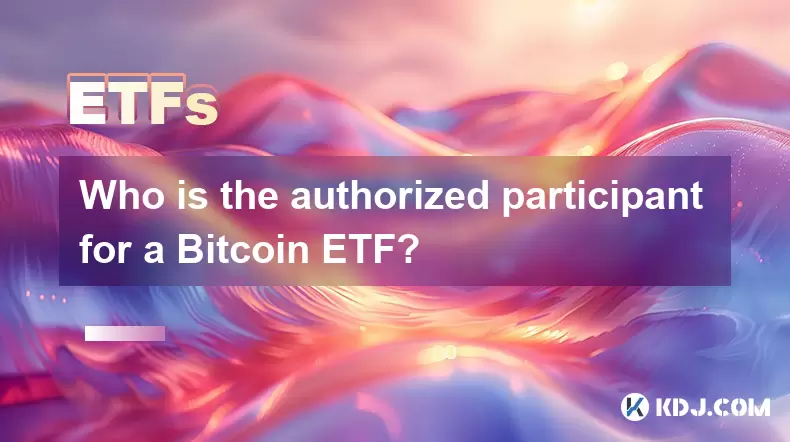
Who is the authorized participant for a Bitcoin ETF?
Jul 18,2025 at 12:42am
Understanding the Role of Authorized Participants in Bitcoin ETFsIn the context of Bitcoin Exchange-Traded Funds (ETFs), an authorized participant (AP...
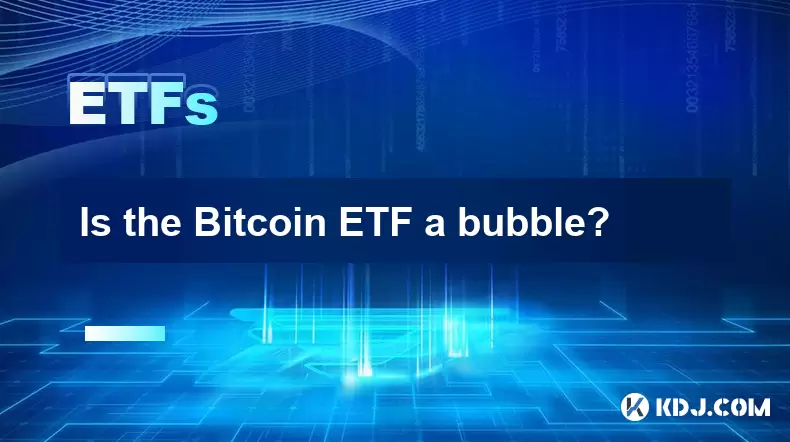
Is the Bitcoin ETF a bubble?
Jul 20,2025 at 06:57am
Understanding the Bitcoin ETF ConceptA Bitcoin Exchange-Traded Fund (ETF) is a financial product that aims to track the price of Bitcoin without requi...
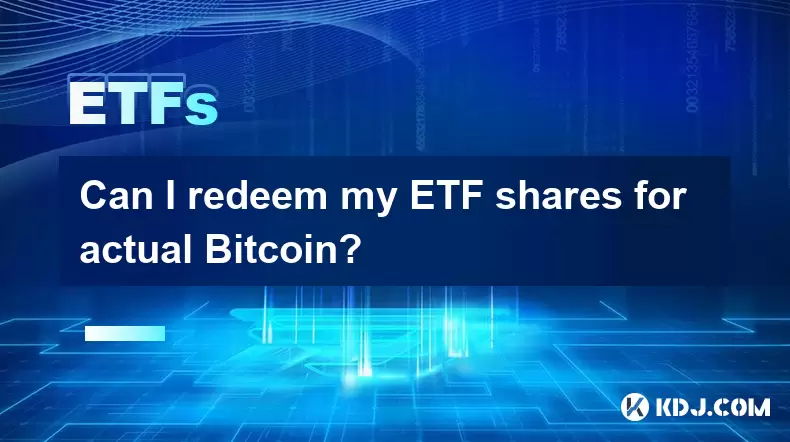
Can I redeem my ETF shares for actual Bitcoin?
Jul 17,2025 at 03:14pm
Understanding ETF Shares and Their Relation to BitcoinExchange-Traded Funds (ETFs) have become a popular investment vehicle for those looking to gain ...

What is the best platform to trade Bitcoin ETFs?
Jul 23,2025 at 04:14am
Understanding Bitcoin ETFs and Their Role in TradingBitcoin Exchange-Traded Funds (ETFs) have gained significant traction among traditional and crypto...

What is the best platform to trade Bitcoin ETFs?
Jul 17,2025 at 03:50pm
Understanding Bitcoin ETFs and Their Role in the MarketBitcoin Exchange-Traded Funds (ETFs) are investment vehicles that track the price of Bitcoin wi...

Will a Bitcoin ETF be available in my 401(k)?
Jul 17,2025 at 10:42pm
What is a Bitcoin ETF?A Bitcoin ETF (Exchange-Traded Fund) is an investment vehicle that tracks the price of Bitcoin without requiring investors to di...

Who is the authorized participant for a Bitcoin ETF?
Jul 18,2025 at 12:42am
Understanding the Role of Authorized Participants in Bitcoin ETFsIn the context of Bitcoin Exchange-Traded Funds (ETFs), an authorized participant (AP...

Is the Bitcoin ETF a bubble?
Jul 20,2025 at 06:57am
Understanding the Bitcoin ETF ConceptA Bitcoin Exchange-Traded Fund (ETF) is a financial product that aims to track the price of Bitcoin without requi...

Can I redeem my ETF shares for actual Bitcoin?
Jul 17,2025 at 03:14pm
Understanding ETF Shares and Their Relation to BitcoinExchange-Traded Funds (ETFs) have become a popular investment vehicle for those looking to gain ...
See all articles

























































































